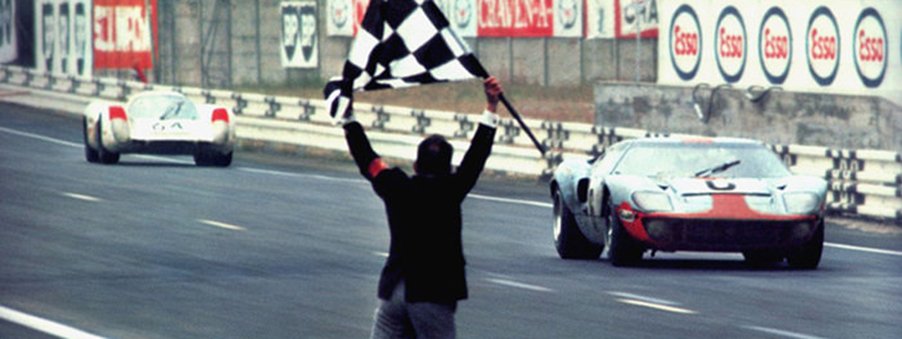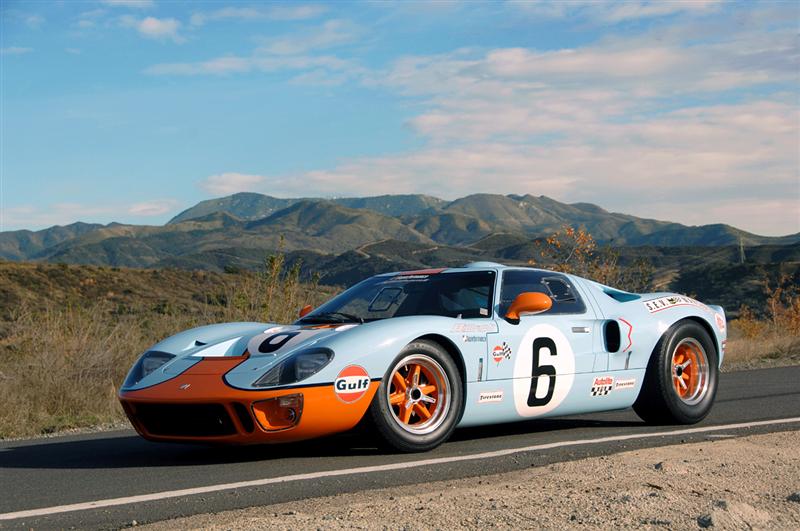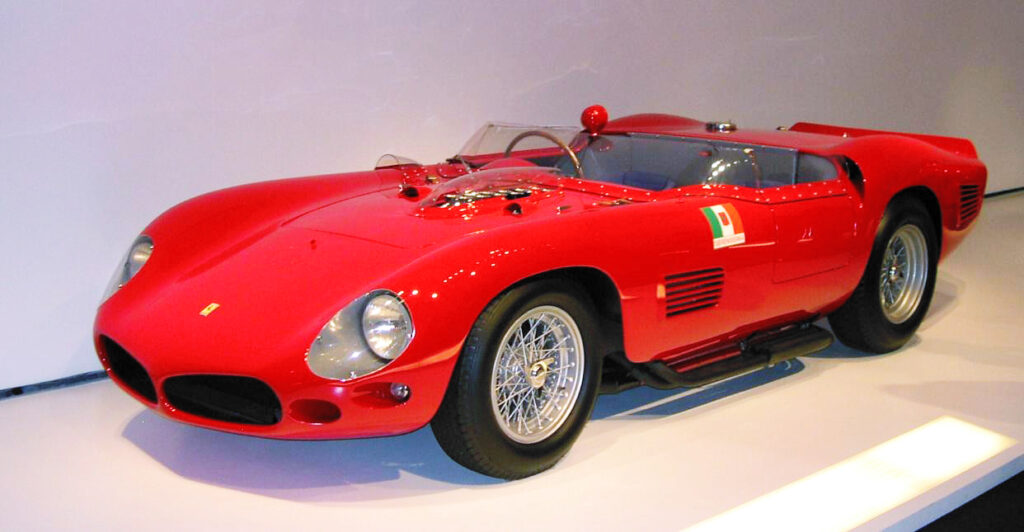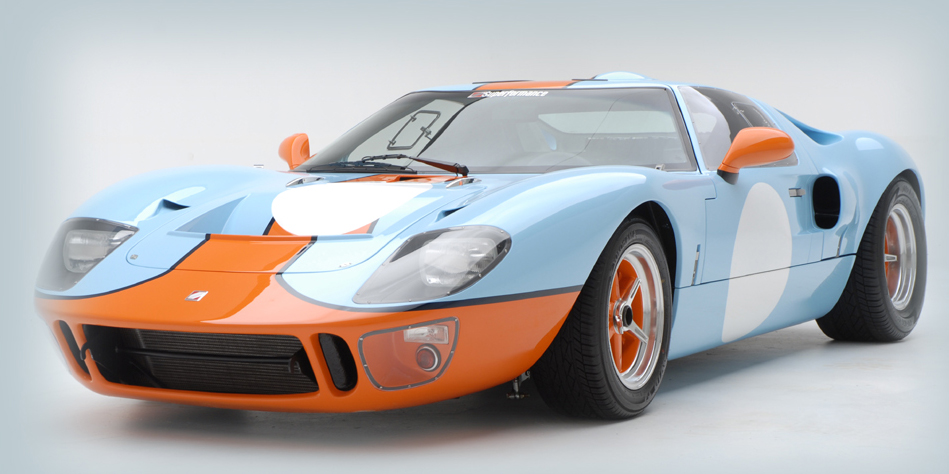
Ford GT40 vs Ferrari at 24 Hours of Le Mans
Ford and Ferrari battle for supremacy at 24 Hours of Le Mans
In the 1960s, the 24 Hours of Le Mans endurance race was dominated by two car manufacturers – Ferrari and Ford. Italian style and passion matched itself against hard-nosed American brute strength and confidence with the Ford GT40.

The early 1960s were claimed by Ferrari. The Scuderia Ferrari team (known as SpA Ferrari SEFAC after 1962) lifted the trophy for 5 consecutive years (1960-1964). In 1960 and 1961, Le Mans 24hr was won by the Ferrari TR (250 Testa Rossa), one of the most desired and valuable classic Ferrari cars of the present day. 4217 km were covered in 1960, increasing to 4476 km in 1961.

In 1962, Ferrari designed and built the 330 TRI/LM Spyder specifically to win Le Mans 24 hrs. This was the last in the series of ‘Testa Rossas’ and the final design to feature a front-mounted engine. For the 3rd year in succession, Ferrari claimed the title, covering 4451 km.
The following year, Ferrari’s first mid-engine design of car arrived at Le Mans. The open-cockpit Prototype 250P racer was driven by an all-Italian team of Ludovico Scarfiotti and Lorenzo Bandini. They covered 4561 km, once again securing the title for Ferrari.
The 250P evolved into the 275P for Le Mans in 1964. This motorsports car had a slightly longer wheel-base and covered 4695 km over the 24 hr period. However, 1963 marked the end of the dominance of Italian teams.
The North American Racing Team acquired a Ferrari 250 LM. Ferrari had developed the racer for sale to the public and 32 are believed to have been built between 1964 and 1965. Indeed, a 1964 Ferrari 250 LM was auctioned off by Sotherby’s in 2013 for $14.3 million.
Although covering less kms than in 1964 (4677 against 4695), the North American team made history by winning Le Mans. This was also the final time that a Ferrari car would claim the Le Mans title.
In the mid-1960s, an Anglo-American team started designing a car to beat Ferrari. Using the Lola Mk6 GT as their base, the team developed the Ford GT40. The engine was manufactured in the USA and then shipped to the UK for assembly with the British-built body.

In 1966, with Henry Ford II in the stands, the MkII GT40 won Le Mans. It was the first time that an American Manufacturer had won the famous endurance race. The Shelby-American Inc team watched as their GT40 covered 4843 km over the 24 hrs, eclipsing any previous record. In fact, the GT40 achieved a 1-2-3.
Shelby-American Inc returned in 1967 with an all American driving team of Dan Gurney and A.J. Foyt. The GT40 MkIV had a reinforced chassis but was powered by the same 7.0 L V8 engine as the MkII. Over 24 hrs, they covered a record 5232 km. Despite winning, it was the last time the GT40 MkIV would ever compete in any endurance race.
A British team took up the reigns in 1968 with a GT40 MkI. For safety reasons, the J. W. Automotive Engineering team were faced with the challenge of developing a GT40 with an engine smaller than 5.0 L. With the GT40 MkII and IV now obsolete due to their engine size, the 4.9 L V8 engine of the GT40 MkI was enough to power the team to victory, covering 4452 km over the 24 hr period.
J. W. Automotive Engineering returned with a GT40 MkI in 1969 and won for the second time in succession, increasing the distance covered to 4997 km. However, that was the last time that a Ford GT40 would ever win at Le Mans.
With the onset of the 1970s, there was the arrival of new faster and more powerful cars and the glory days of Ferrari and the Ford GT40 would be cast into history. The battle between Ferrari and Ford was retold in the critically acclaimed 2019 film Ford v Ferrari starring Matt Damon and Christian Bale.
Smiths instrumentation was used in the Ford GT40s of the 1960s and the gauges are still available today. For more information on gauges for the Ford GT40 or for Motorsports in general, please contact us:
Via the contact form on our website
Email: [email protected]
Phone: +44 (0) 1639 732200
You can also follow us on social media for regular news updates, photographs and technical information: